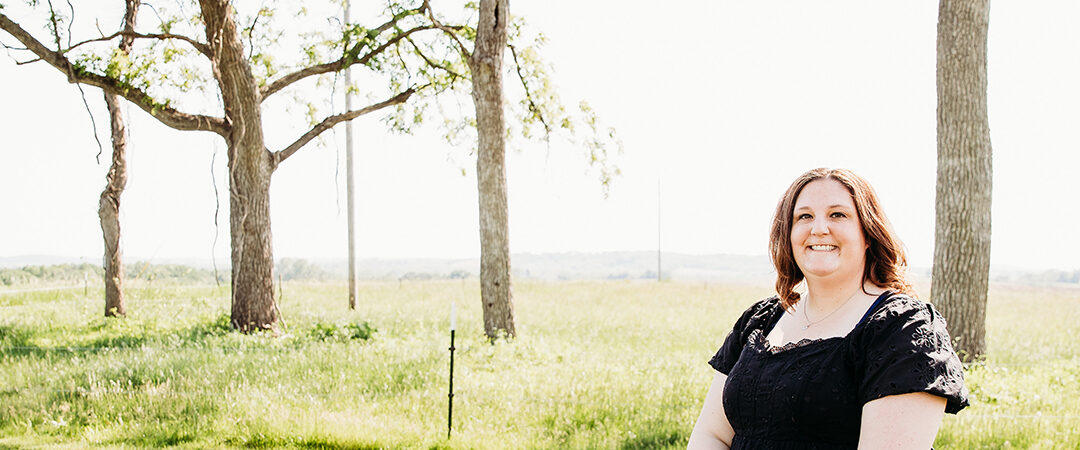Copyright Workshop 2014
Janet Brennan Croft, University of Oklahoma Libraries
Today, I attended a Copyright Workshop put on by the St. Louis Regional Library Network. The workshop focused on copyright for libraries, but I took away some very useful information for use in the instructional design and online development fields.
Perhaps the most important concept we talked about was the concept of fair use. Fair use provides educators, librarians, researchers, writers, and other individuals with limited ways to use copyrighted materials without violating the rights of the author. It allows you to share, criticize, quote, parody, and use copyrighted works in the classroom.
We explored the four factors to be considered when determining fair use. First of all, one must consider the purpose. Is it commercial in nature or for non-profit educational purposes? In our case, Maryville is a non-profit institution and makes no profit on resources integrated into the course. Is the original being used in some other way work or format from the original? Using a piece in some other form than the original is seen as more fair than just copying it.
The second factor is the nature of the copyrighted work. Is it creative or factual? Using a factual piece is more likely to be allowable. Is it a consumable item, like a workbook? Copying a workbook for distribution defeats the purpose of the printed copy, because one must utilize the piece.
The third factor is the amount and sustainability of the portion used in relation to the work as a whole. Can you justify the use of the entire piece? Will just a portion suffice?
Finally, one must consider the effect of the use upon the potential market for or value of the copyrighted work. Will it affect the sales of the work?
The presenter provided three great resources for determining whether you are justly using a work under the fair use guidelines.
- http://copyright.cornell.edu/policies/docs/Fair_Use_Checklist.pdf
- http://copyright.columbia.edu/copyright/fair-use/fair-use-checklist/
- http://intranet.library.arizona.edu/users/brewerm/fairuse/index.php
A good idea when providing materials in online courses in the future would be to utilize one of these checklists each time we use a work. It’s important to document our thinking, showing that we’ve used the works in good faith and truly believed it was under fair use.
The presenter left us with a list of Codes of Best Practices that tend to guide their representative fields. I’d like to keep these here for reference, so I can check them out later.
- Code of Best Practices for Academic and Research Libraries: http://www.arl.org/pp/ppcopyright/codefairuse/index.shtml
- Video Round Table Best Practices for Fair Use and video: http://vrt.ala.org/wiki/index.php?title=VRT_Best_Practices_for_Fair_Use_and_Video_Working_Group
- Code of Best Practices in Fair Use in Media Literacy Education: http://centerforsocialmedia.org/fair-use/related-materials/codes/code-best-practices-fair-use-media-literacy-education
- Code of Best Practices in Fair Use for OpenCourseWare: http://centerforsocialmedia.org/ocw
